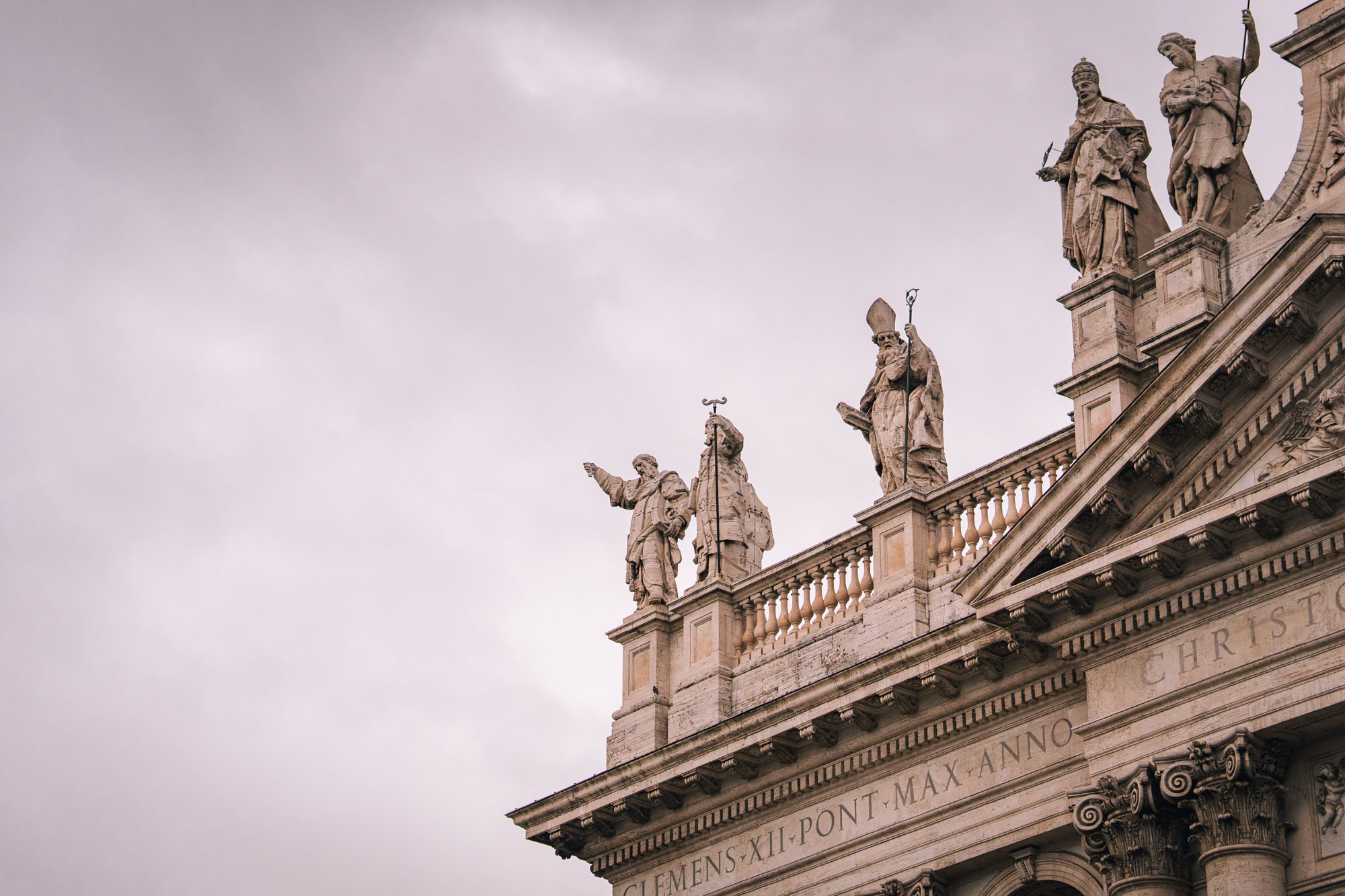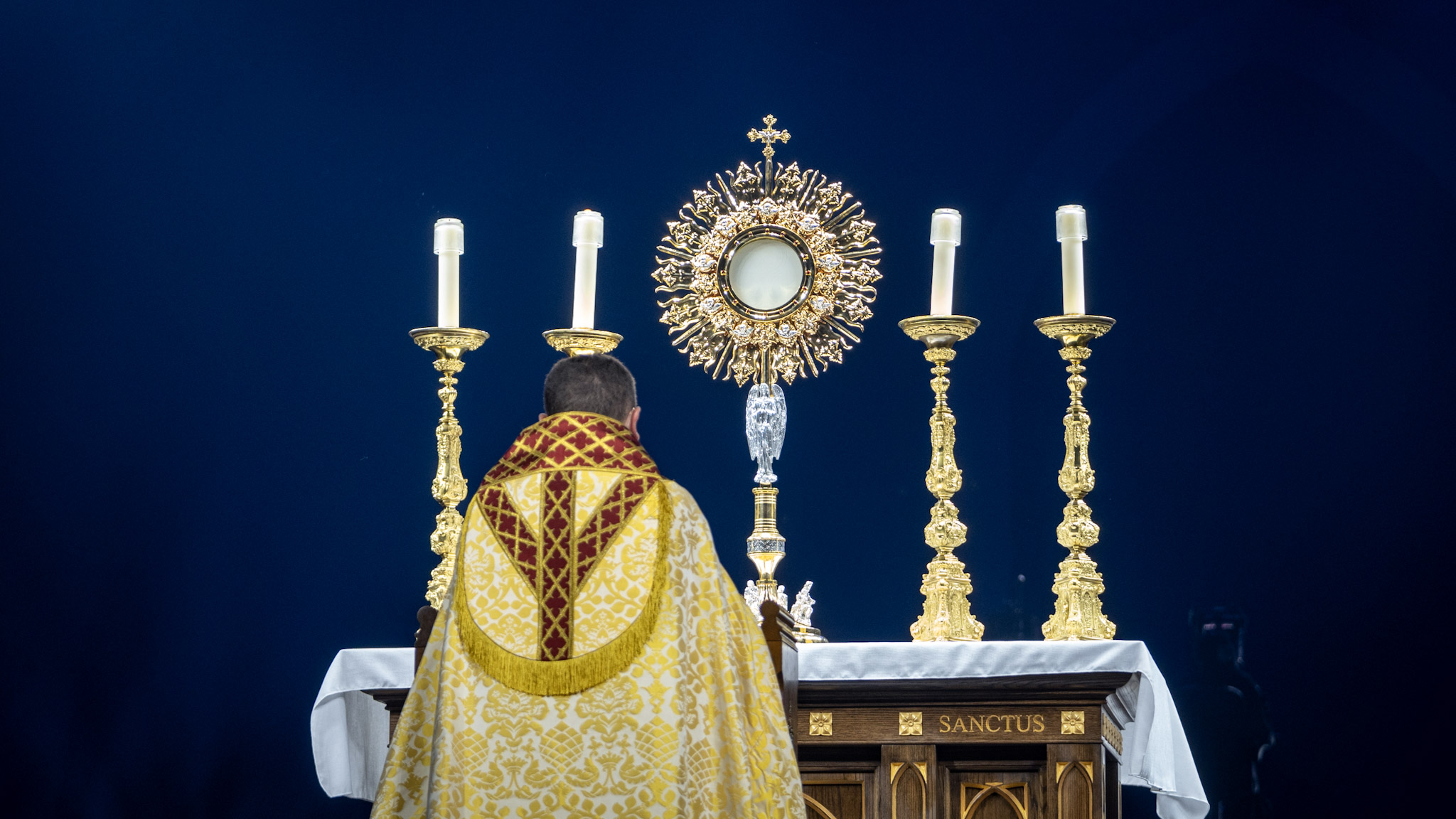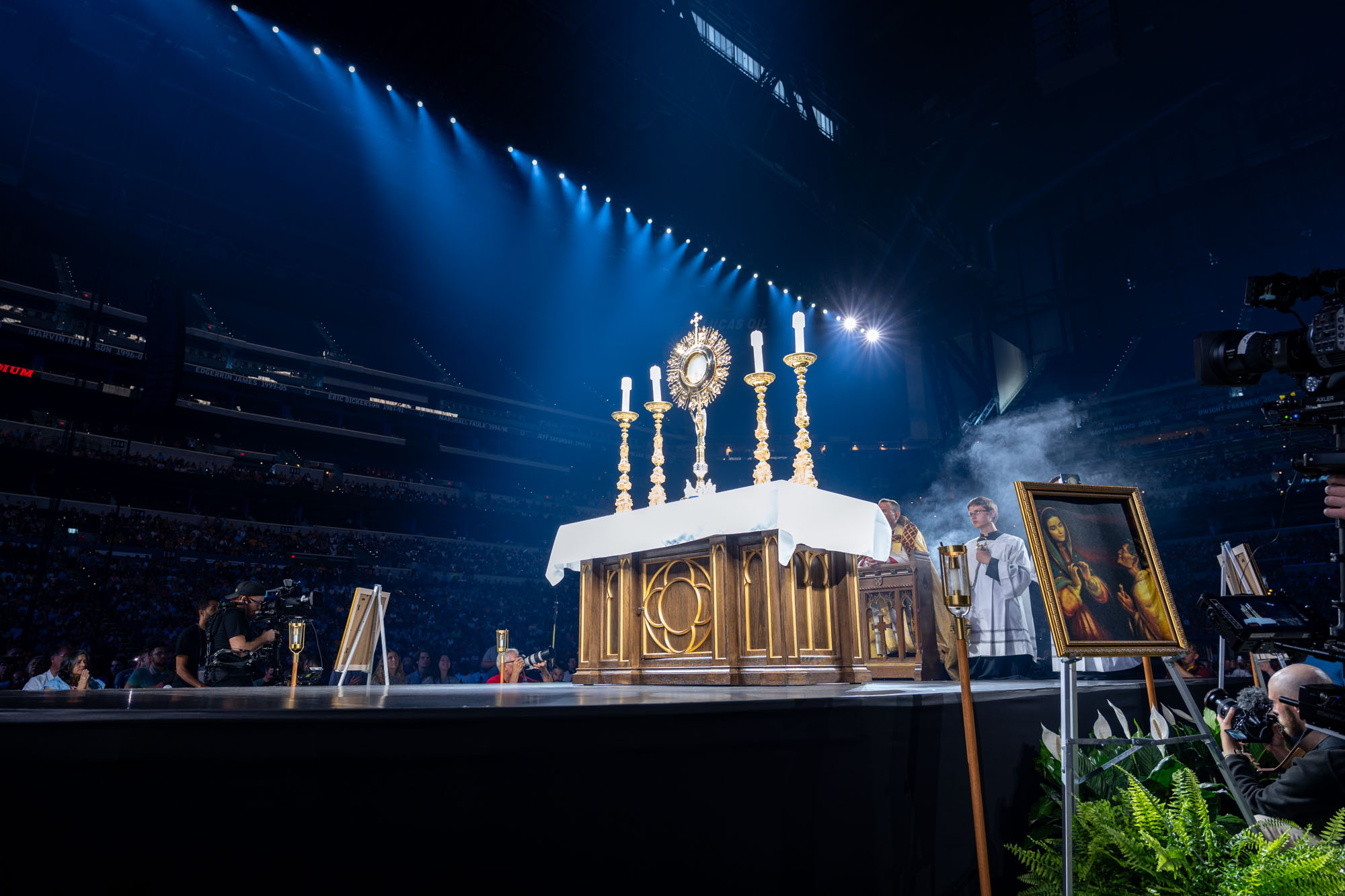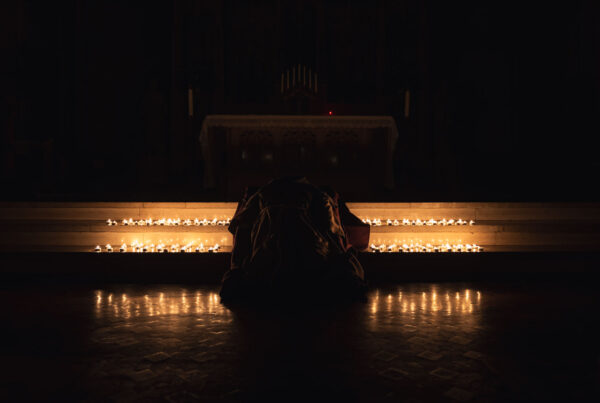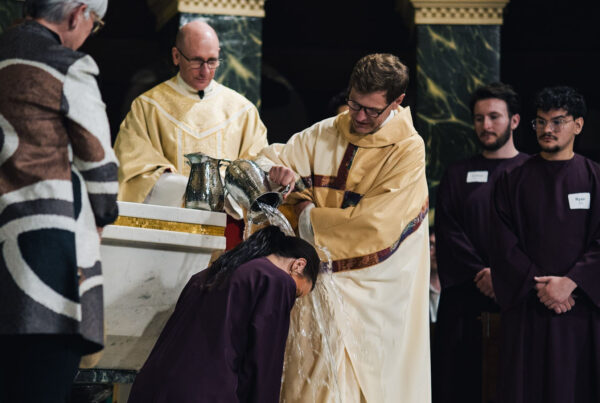After the death of a pope, the Catholic Church elects its new leader through a traditional electoral process known as a “papal conclave”. Following the death of Pope Francis on Easter Monday, April 21, 2025, the Catholic Church will begin a process similar to the one it has been in for 800 years to elect its next leader.
Typically, most heads of Vatican offices lose their positions after the death of a pope; however, a few remain, including the Secretary of State and the Director of Religious Events, who play a key role in coordinating the conclave.
What is a Conclave’s Simple Meaning and Definition?
In simple terms, a conclave is a sacred assembly of cardinals called to elect a new pope. The process is characterized by secrecy, solemnity, and strict adherence to established rules and protocols. The conclave represents a distinct institution, symbolizing the rich history of the Catholic Church and its dedication to a papal election process inspired by autonomy and divine guidance. (read more about who is Camerlengo?)
What is a Conclave: A Journey Through History
The conclave that we know today has evolved over the centuries. In the past, papal elections were often influenced by political factions and social pressures. The word “conclave” comes from the Latin cum clave, meaning “with keys,” reflecting the tradition of the cardinals being locked in a room until they reached a decision.
Over the years, the procedures of the conclave have improved and become more systematic. In 1274, Pope Gregory X’s decree Ubi periculum introduced stricter rules for the conclave, such as isolation, limited food supplies, and a ban on contact with the outside world. These guidelines were intended to reduce outside influence and streamline the election process.
Despite these measures, conclaves throughout history have not always run smoothly. Nevertheless, the basic idea of a secluded and centralized gathering of cardinals remains at the heart of the process.
What is a Conclave: Rules and Procedures
The contemporary conclave is conducted under a complex set of rules and protocols, originally established in the Apostolic Constitution Universi Dominici Gregis issued by Pope John Paul II in 1996, with additional clarification provided by later documents.
The conclave is held in the Sistine Chapel, a site of both artistic and spiritual importance. Cardinals under the age of 80 are confined to the Vatican, completely isolated from the outside world. Voting and counting are done in person, with strict security measures to ensure confidentiality. A two-thirds majority of the current cardinals is required to elect a new pope. If no candidate achieves the required majority, the ballots are burned and symbolic black smoke rises from the Sistine Chapel chimney, indicating to the public that voting is ongoing.
Once a candidate secures the required majority, he is asked whether he accepts the election. If he agrees, he becomes the new pope. White smoke then rises from the chimney, signaling to the enthusiastic spectators in St. Peter’s Square that a new leader for the Catholic Church has been elected.
Would you like to stay close to the Holy Eucharist all day long?
Now you can, I have 8 Holy Eucharist Wallpapers for you, so you can stay connected with Jesus Christ anywhere you are!
What is a Conclave: Laws and Canon Law
The legal framework governing this conclave is based on canon law, which serves as an important basis for the rules and regulations of the Catholic Church. The Code of Canon Law, together with specific papal documents such as the Universi Dominici Gregis, establishes the legal framework for the procedure of the conclave.
These texts outline the criteria for cardinals eligible to participate in the conclave, detail the voting process, establish the requirements of secrecy, and describe the procedure for announcing the results of the elections. They also deal with issues related to the resolution of disputes or irregularities that arise during the conclave.
What is the Purpose of the Conclave?
The primary purpose of this conclave is to elect a successor to Saint Peter, the Bishop of Rome and Supreme Pontiff of the Catholic Church. The Pope is considered the earthly representative of the Church, and his election carries immense spiritual significance for Catholics around the world. The conclave goes beyond mere political maneuvering; it is a divine occasion, based on prayer and the belief that the Holy Spirit influences the election of a new Pope.
What is a Conclave’s Simple Meaning and Definition?
The conclave is a moment of transformation and renewal for the Catholic Church. It is a time when the Church looks to the future, handing over its leadership to a new pope, elected through a process deeply relevant to the ancient and modern world.
Resources:
How do they choose who will be the Pope?
A Rough Guide To The Papal Conclave
Papal Conclave
Universi Dominici Gregis

